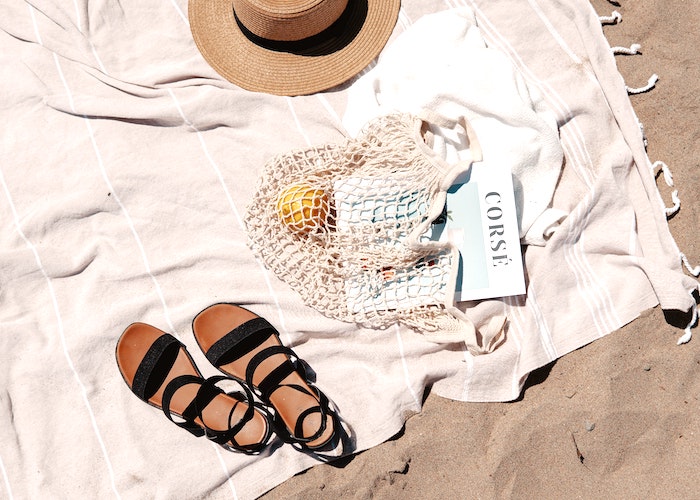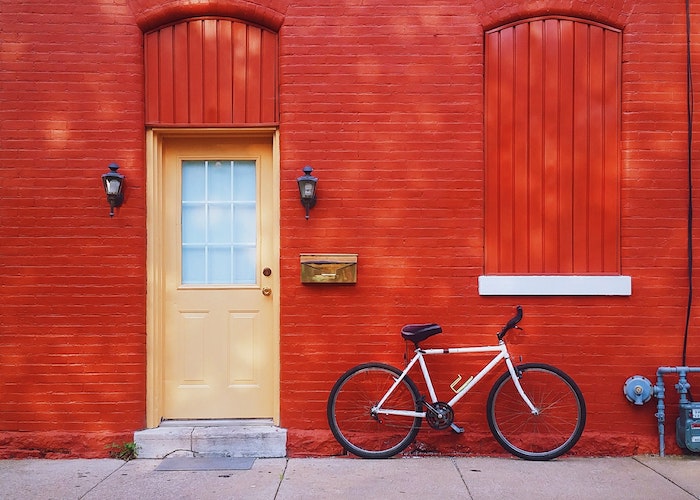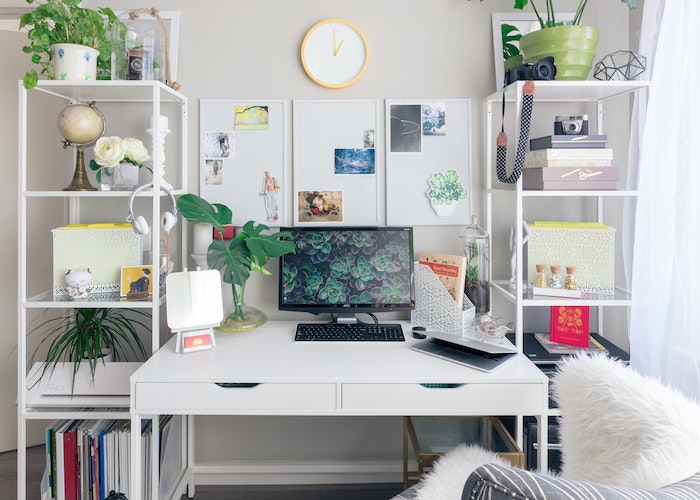How I Increased My Savings By 25% In One Month

If you’re anything like the rest of the world, you’ve probably already found yourself wavering on your New Year’s Resolutions. Sticking to the habits that help us reach our long-term goals proves extremely challenging once the momentum of a new year has worn off. So when it comes to saving money to be invested in your future, we often find that participating in mini savings challenges can help.
That’s why, along with our partners at Wealthsimple — simple, affordable investing for anyone — we’ve asked four different influencers to participate in a “no-spend challenge” this spring. Today, we’re checking in with Ashlyn George from The Lost Girl’s Guide. Ashlyn challenged herself to spend $0 on anything non-essential for 30 days, with the goal of using what she saved to be invested for her future goals. Shortly after she started, the COVID-19 pandemic started heavily impacting our daily lives and itself presented new incentives to spend less. Here’s what Ashlyn had to say.
TFD: How successful were you at completing the challenge?
Ashlyn: I was quite successful with the challenge. There were times it would have been nice or convenient to purchase certain things (buy a coffee to surprise a friend, grab a meal to-go instead of packing a lunch) but I was able to pre-plan and work around it all and didn’t spend extra money this month.
Did you have any hiccups during the challenge?
For the most part — the budget was great. I admit there were times I wanted to purchase something but didn’t let myself.
There were three purchases I made that I wrestled with on whether they were necessary or not. I tore a hole in my winter boots and chose to replace them with new ones. But with the season changing, the new boots were on sale from $85 to $30. I also had a Groupon expiring in early April for a haircut. Due to the coronavirus, I chose to get the haircut before the salons closed and the Groupon expired. Although the haircut was prepaid, I did have to pay the tax and a tip on top. I also continued to pay my Netflix subscription during the month (which is technically entertainment).
How much money do you estimate you saved (e.g. how much do you usually spend on going out to eat vs. how much you spent during your challenge) that you can now use to put in investments?
I didn’t spend a penny on eating out. Even on my work trips, I opted for groceries rather than fast food or restaurant meals. I also spent no money on general merchandise purchases of which I usually have a couple per month.
In all, I would say I saved 25% more than I normally do (which means I saved 50% of my set budget for the month of March, with the other 50% spent on essential expenses like food, bills, insurance, utilities etc.).
What spending did you miss the most?
I’m not an avid shopper but I did miss the ability to pop into a shop if I wanted to browse around and look at a few things. The loss of freedom in knowing I couldn’t do these things bothered me more than actually buying anything.
Was there any spending you were surprised you didn’t miss? If so, what was it?
People spend so much on coffees and eating out and it was nice to have the “excuse” of doing a no-spend challenge to decline eating out. Instead, I’d offer up alternative plans like bringing coffee from home and going for a walk or a cross-country ski outside.
Would you ever complete a no-spend challenge again?
Absolutely, it’s a great way to really focus on expenses and see what you’re overspending on and where you can save a bit more. It’s a great way to be mindful of what’s coming in and out of your bank accounts during the month. I’d recommend it for a short-term boost to adding to your savings but not something to do every month. It’s too restrictive and isn’t maintainable for the long term.
What helps motivate you to invest/save for their future when you’re tempted to spend on things in the present?
I have a bank account that’s specifically for short-term savings goals (e.g if I want a new camera lens or to buy a new desk). I add a set amount of money into the account each month plus any bonus money I might receive like birthday money or money earned from selling gently used items I no longer need.
Having this separate account helps make those bigger purchases easier to justify since I know I’ve saved up for them. It also limits unexpected spending per month. This also means I’m able to save more money month-to-month because I’m avoiding “surprise” purchases that aren’t part of my plan.
I also give myself a modest budget each month to buy certain things so I’m not fully restricted. About 10-15% of my budget might be for new clothing, general merchandise or entertainment.
What do you hope to use your investments for eventually (i.e. what kind of retirement you’d envision, or if you have shorter-term investment plans)?
40% of my investments are in RRSPs (Registered Retirement Savings Plan, available in Canada) and focused on the long term. The other 60% of my savings are more flexible and in TFSAs (tax-free savings account, available in Canada) or short-term savings. This is so I have the flexibility to use it if I need it for a downpayment on a house or if I needed to upgrade my vehicle.
*****
We often hear from our audience that they feel like they don’t have enough to invest in even a basic retirement fund, so a no-spend challenge is a great way to find where you might be able to save more than you think. And with a company like Wealthsimple, you can start investing today, no matter how much you’re starting with. Click here to learn more, and get your first $10,000 managed for free.
Image via Unsplash
Like this story? Follow The Financial Diet on Facebook, Instagram, and Twitter for daily tips and inspiration, and sign up for our email newsletter here.




